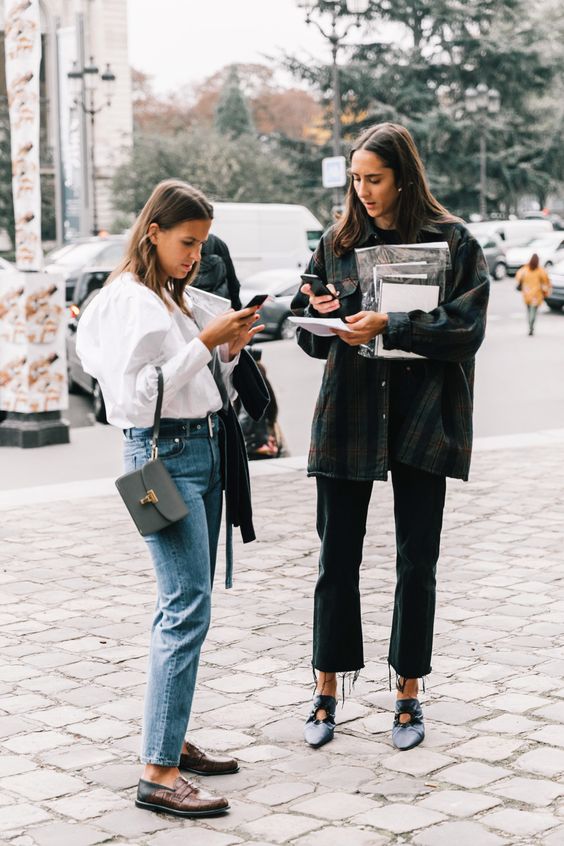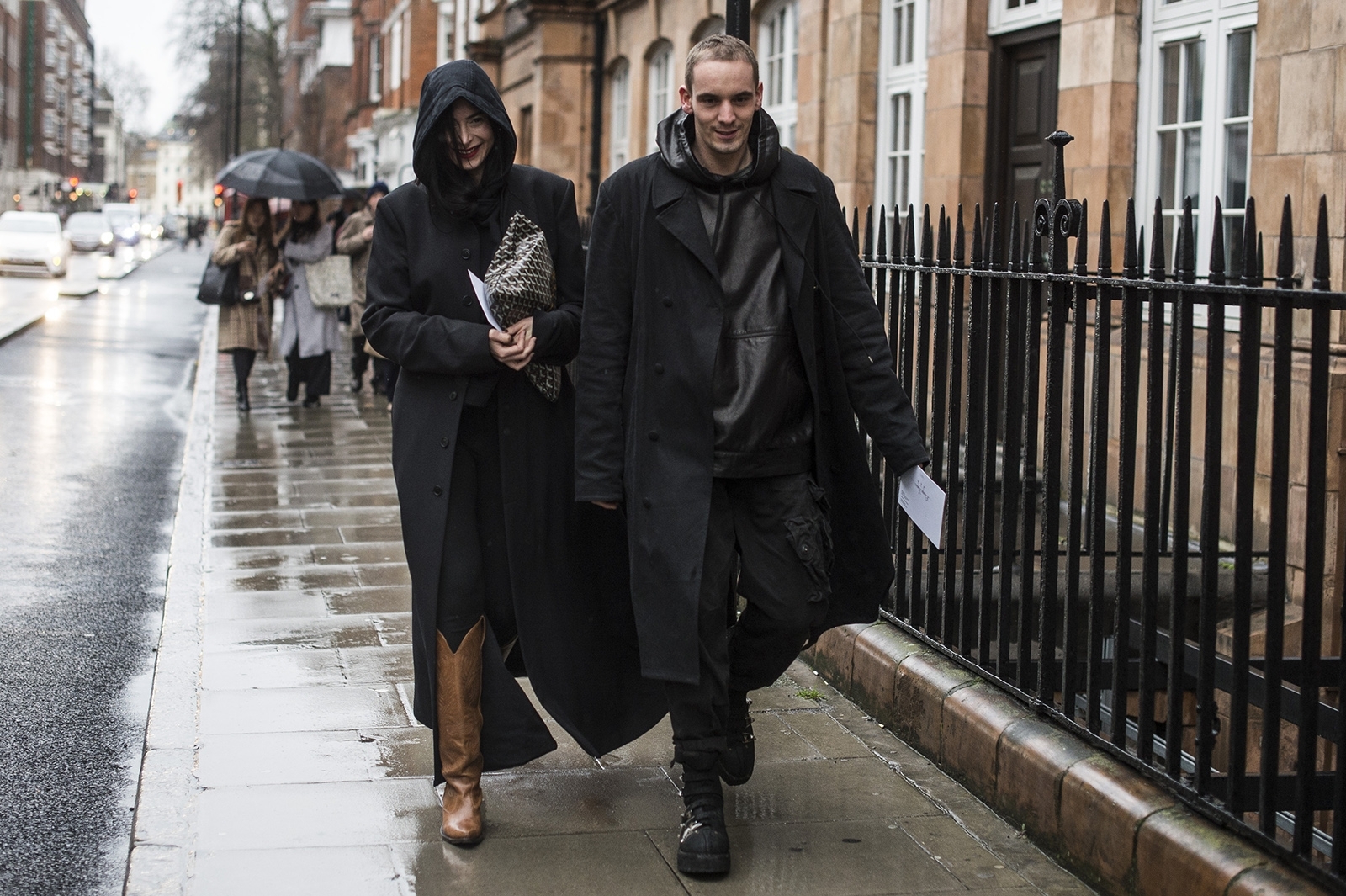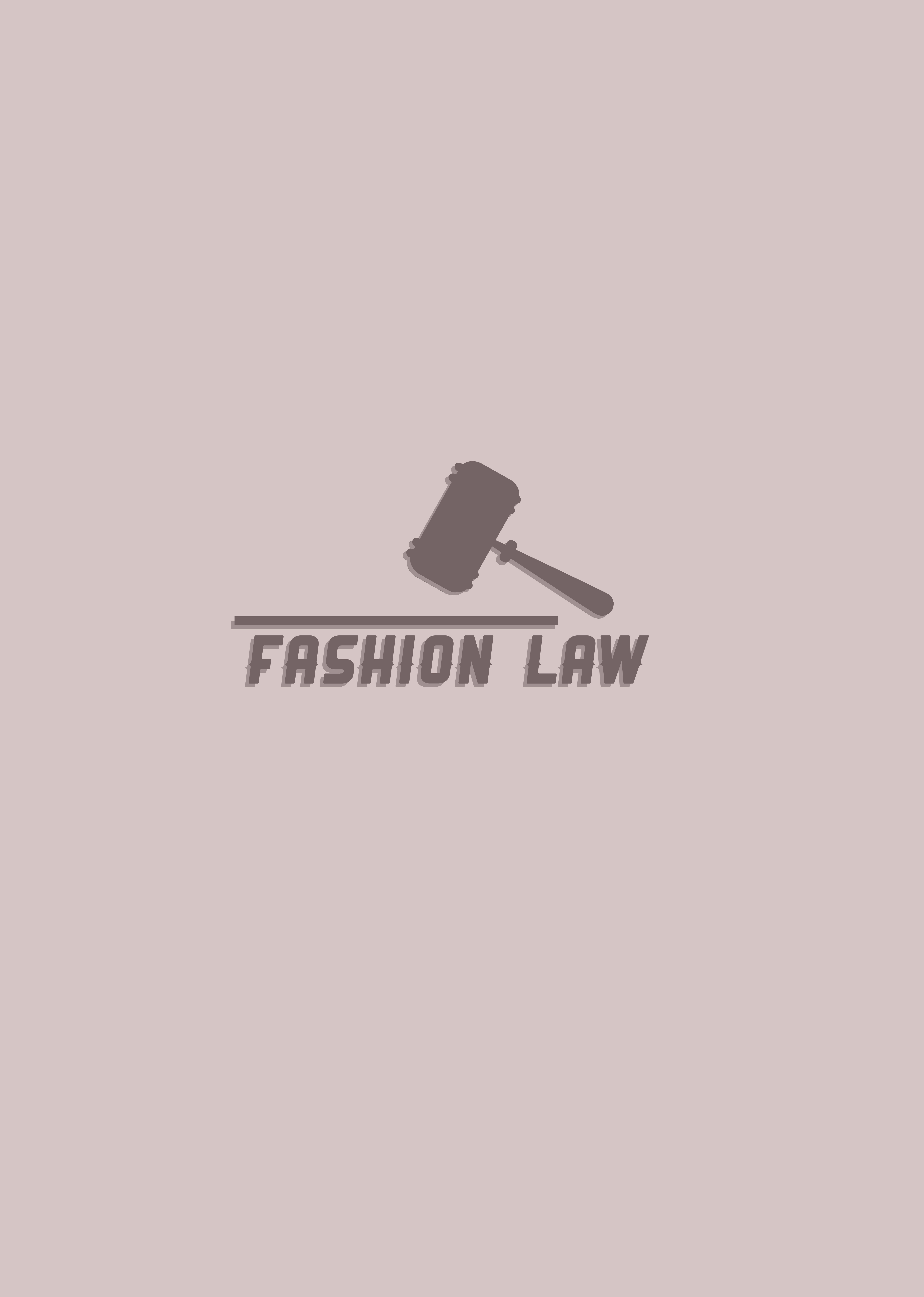We often hear of fashion buying being named as one of the most prestigious and sought-after positions in the industry. But do we actually know what fashion buying is?

Coated with the allure of mystery, fashion show invites and samples, fashion buying is not one uniform profession described as choice of what department stores will offer during a given season. It is in fact a very complex career choice, which requires not only interest in fashion, but also business acumen, analytical skills, and most importantly, creativity.
Although the tasks of a fashion buyer also include monitoring stock and fashion forecasts, or researching the market, it is the understanding of art and trends, as well as people and events that make one competitive in the market. The latter are the qualities that allow you to connect with customer’s wants and needs. They also allow for connection with designers, which fosters a better understanding of their vision and direction at a given moment in time.
It is this in-depth social understanding and ability to objectively analyse phenomena in the market and team dynamics, that create a competitive edge. In this way a fashion buyer is able to cater to the customer’s unique needs and differentiate from the competition.
As said before, however, being a buyer is not one preset path. Working for Saks, Barney’s, or Selfridges in the highly specialised women’s knitwear department is not the only way to go. In fact, most buyers do not work in the specialised environments of department stores or e-commerce giants. Many are general buyers at boutiques, or work in-house for big brands. The latter includes luxury houses on one hand, which sometimes can include buyers in the R&D processes. On the other land, high-street giants like Inditex, famous for its unusually short production timeline.
The task of all the different kinds of buyers many times overlap, however. One thing is for sure: it is not day to day shopping. Yes, a buyer is someone who chooses pieces in the market. They do so, however, basing on past sales history and sales analysis, as well as the visions of designers, rather than personal style choices. They forecast likes and dislikes through a close cooperation with the finance and marketing departments. A buyer needs to be objective and understand current trends, as it is them, who influence the path of future fashion development. Buyers are the people, who to a very large extent decide what people will wear, as well as have the power to promote and help out upcoming designers. On top of that, it is in many cases the buyers, who negotiate prices with consideration of the markup for profit, as well as customer’s willingness to pay, which creates a direct link with their company’s profitability.

Unlike our previous career focus: fashion law, in order to become a buyer you are not required to follow a particular educational path. The requirements include the love for fashion, motivation, ability to multitask and think outside of the box, as well as to work with people, rather than a specified degree. There exist, however, certificates and degrees that one can take in order to deepen their knowledge and get on track. These reach even a professional dimension, including certificates of the American Purchasing Society, rewarding your experience.






